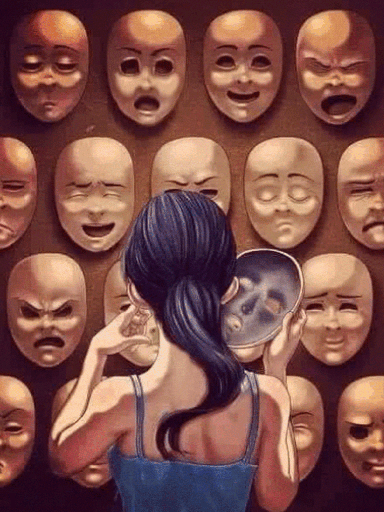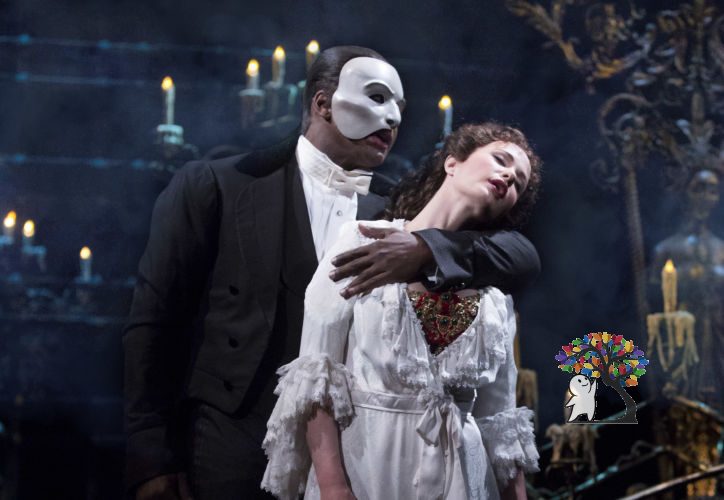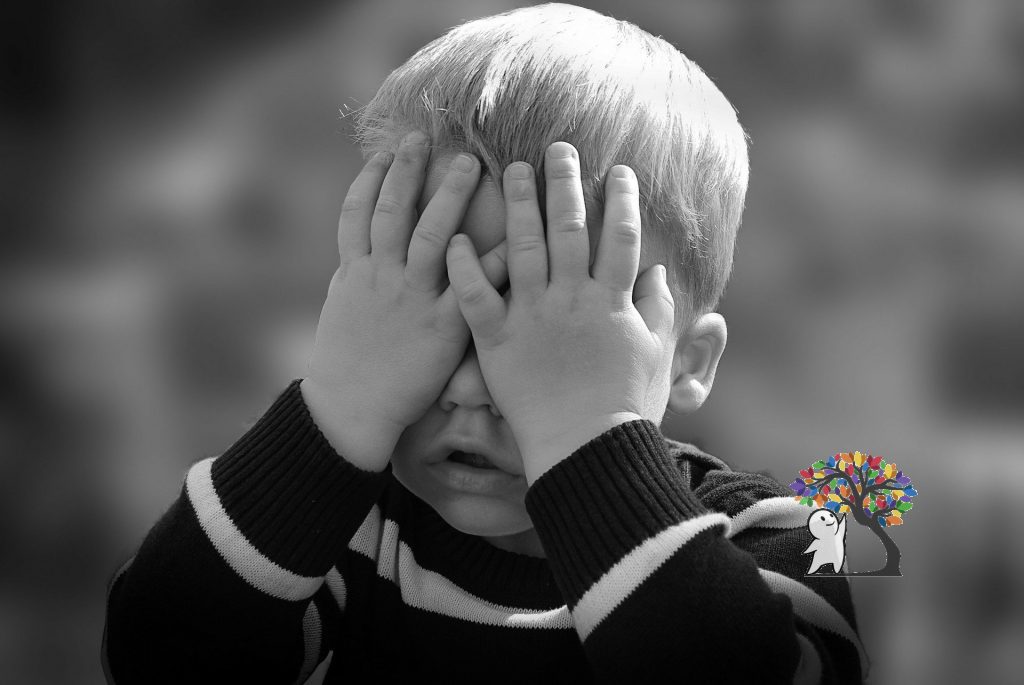10 of the Most Bizarre and Shocking Psychological Disorders

When it comes to psychiatric disorders such as OCD or Generalized Anxiety Disorder (GAD), the majority of people are likely to be at least somewhat familiar with them. Mental health has pushed its way in to the social spotlight as more and more people come forward about struggling with a number of psychological symptoms. While any kind of openness is effective in destigmatizing mental illness, a countless number of more uncommon disorders are still foreign to most people.
Among all the disorders that have ever been diagnosed, some of them are bound to be pretty unique. Even a quick Internet search will reveal all kinds of bizarre and even disturbing conditions that psychologists have seen. Especially in the 20th century, through the mass hysteria of Freudiansim, psychologists and researchers have coined terms for all kinds of odd behaviors or symptoms.
Here are just a few of some of the most bizarre and shocking psychological disorders that doctors have seen:
1. Split-Brain
The corpus callosum is a set of fibers and nerves that holds the two hemispheres of the brain together. Signals pass through these nerves between the two halves, which helps them to communicate and work together as one whole brain. Sufferers of epilepsy have turned to a corpus callosotomy as a last resort to stopping seizures. During this procedure, the corpus callosum is severed, and the two hemispheres of the brain can no longer communicate.
During a seizure, signals pass through nerves throughout the brain. By cutting the corpus callosum, these signals cannot pass from one hemisphere to another. While this is a great thing for sufferers of epilepsy, it can cause some complications after the procedure. These include a split personality, delays in relaying information, and severe coordination trouble. To learn more, see the video below.
2. Cotard’s Syndrome/Delusion
Dr. Jules Cotard first introduced this range of delusions in 1882. Patients with this syndrome may believe that they have lost blood or organs, or that they or their soul is actually dead. Most patients with Cotard’s have another psychological or even a medical condition that appeared before these delusions.
In a case study from Anne Ruminno, MD and Boris Mekinulov, MD, a middle-aged Filipino woman who had been taking antidepressants suddenly announced to her family that she was dead, smelled of rotting flesh, and wanted to be taken to the morgue to be with other dead people. She refused to eat and had no motivation. She was treated with a matter of medications and therapy in the time of about a month, but electroconvulsive treatment is also a known treatment for Cotard’s Delusion.
3. Fregoli Delusion
Patients with Fregoli Delusion believe “that a single persecutor is masquerading as several other people, whose appearances he or she assumes at different times (Ashraf, et al.).” For example, a patient in the hospital might believe that the doctor, the nurse, and another patient are all the same person in different disguises. Misidentifying the people in their lives might cause inappropriate behavior from the patient. Research shows a correlation between schizophrenia and this disorder.

4. Stendhal Syndrome
In the nineteenth century, French writer Stendhal wrote about an overwhelming emotional experience he had after a visit to Basilica of Santa Croce (Bamforth). “‘I was already in a kind of ecstasy,’ he writes, ‘by the idea of being in Florence, and the proximity of the great men whose tombs I had just seen. Absorbed in contemplating sublime beauty, I saw it close-up — I touched it, so to speak. I had reached that point of emotion where the heavenly sensations of the fine arts meet passionate feeling. As I emerged from Santa Croce, I had palpitations (what they call an attack of the nerves in Berlin); the life went out of me, and I walked in fear of falling.’ It was something he had observed about himself: ‘when a thought takes too strong a hold of me,’ he writes in his autobiography, ‘I fall down.’”
Basically, an individual experiences an increased heart rate, dizziness, fainting, confusion, lack of identity, and even hallucinations when they have an experience of emotional significance. In Stendhal’s case, he was viewing art in Italy. In more recent years, doctors in Italy have admitted patients from the art galleries and museums with these exact symptoms (Bamforth).

5. Dissociative Identity Disorder
A person with this disorder will often switch between multiple identities who they feel are trying to control their mind and body. The identities will often have unique characteristics, names, and behavior patterns. They will often experience gaps in memory and loss of personal identity. “Men are more likely to deny symptoms and trauma histories, and commonly exhibit more violent behavior, rather than amnesia or fugue states. (National Alliance on Mental Illness).” Men, therefore, are less likely to be diagnosed.
https://www.youtube.com/watch?v=eXnA12gRrn0&t=2s
6. Alice In Wonderland Syndrome
According to Jan Dirk Blom, MD, PhD, “1955, Alice in Wonderland syndrome (AIWS) is a perceptual disorder characterized by distortions of visual perception (metamorphopsias), the body schema, and the experience of time.” The name, of course, refers to Lewis Carroll’s book, Alice’s Adventures in Wonderland, in which Alice experiences her body growing and shrinking. A list of symptoms from 169 individuals experiencing Alice in Wonderland Syndrome is below:


7. Reduplicative Paramnesia
This rare disorder causes one to believe that “a familiar place (generally their own house), has been duplicated and exists simultaneously in two or more locations (Dr Antonio Carota MD, Neurologist).” Sometimes, they believe that a certain place is actually their home in disguise. Patients firmly believe in this delusion and are not bothered by it; this characteristic is what separates this delusion from schizophrenic delusions.
From what Dr. Carota has seen, most patients who suffer from reduplicative paramnesia also suffered from a stroke on the frontal or temporal lobe on the right hemisphere of the brain.

8. Lima Syndrome
This phenomenon occurs when a kidnapper sympathizes and identify with his hostage or victim. This disorder is the opposite of the infamous Stockholm Syndrome, in which a victim becomes sympathetic to their captor.
In one of this disorder’s more famous cases, Peruvian psychiatrist Mariano Querol befriended his kidnappers when they turned to him for psychological advice. They gave him his requested diet and a plethora of books, and they kept him safe until they let him go (with money for a taxi).

9. Triskaidekaphobia
People who have triskaidekaphobia have an extreme superstition or even a fear of the number thirteen. This often stems from past panic episodes or even genetic conditions, according to Triskaidekaphobia Info. It is usually treated with a well-loved combination of exposure therapy and medications.
It isn’t quite clear how thirteen became a number of superstition. Some believe it comes from the 13th member of the Last Supper, Judas (who later betrays Jesus). Others think it has something to due with the fact that thirteen, an irrational number, follows twelve, the perfect number. There are twelve hours on a clock, there are 12 months in the year, and 12 Tribes of Israel.

10. The Jumping Frenchmen of Maine
This disorder is are phenomenon in which a person possesses an unusually sensitive startle reaction. It was first recorded among a group of French-Canadian lumberjacks in the provinces of Maine and Quebec (National Organization For Rare Disorders).
Someone with this disorder may scream, flail their arms, hit, or throw things when startled. For some time after the stimulus, they may be dissasociative and may mimic language or gestures. In extreme cases, they may show involuntary automatic obedience.





I found the information concerning unusual psychological disorder’s enlightening to the extent, that I was introduced to conditions I’ve never before been were aware of.
Yet, my feelings about the science and field of psychology in general is that a lot of say its interpretations, on the of part of any particular observer or practitioner, is subjective. Meaning, for me in my view, a particular theory may or may not applicably, apply in all cases to a particular set of cue’s, tells and, or observations the particular practitioner in question may think, they are witnessing?
Now, that is not meant to imply the field and science of psychology or psychotherapy lacks relevance as a course of study and endeavor. No, on the contrary as a student myself in the science and field understand, that at its core, it is a necessary tool in the understanding and evaluation of human emotional responses, experiences, and their outward behavioral exhibitions.
That said, I like to commend the writers and editor of this article, and would enjoy seeing more it.